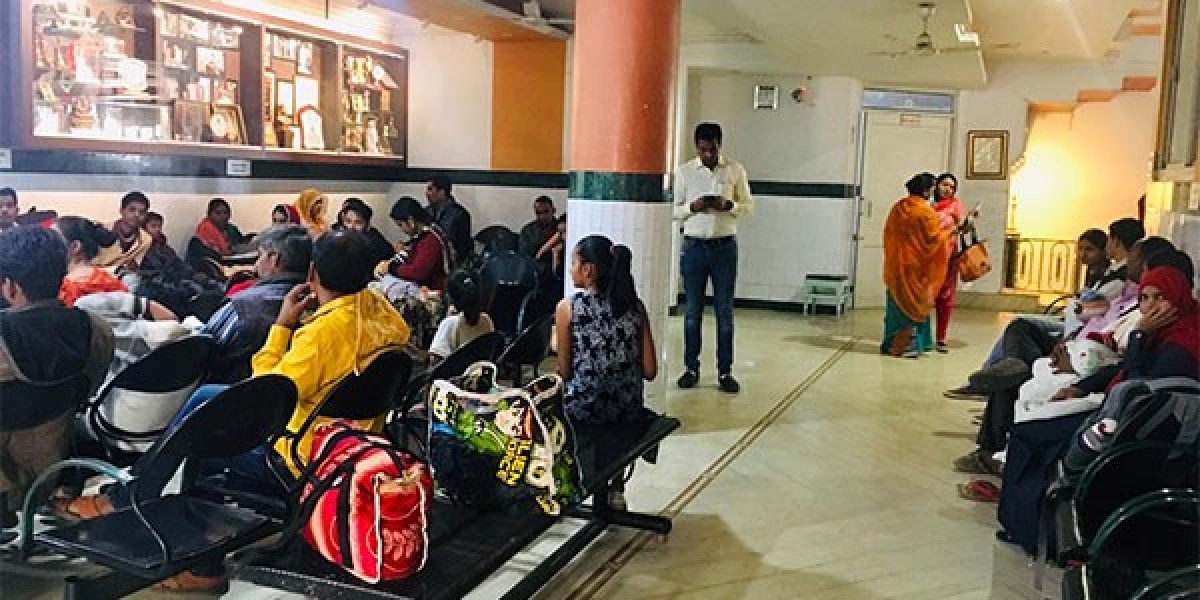In the scenic yet rural stretches of Udaipur, Rajasthan where access to healthcare remains a persistent challenge a silent revolution is reshaping the landscape of child vaccination in Udaipur and Mobile Health Units (MHUs), equipped with medical staff and essential infrastructure, are driving an innovative outreach strategy that is significantly improving immunization rates among children in the region. This mobile approach is not just a logistical convenience; it is a strategic intervention aimed at overcoming systemic healthcare delivery gaps in hard-to-reach communities, ensuring that no child is left behind in receiving life-saving vaccines.
The Challenge of Child Vaccination in Rural Udaipur
Udaipur, known for its lakes and heritage, also comprises numerous tribal and rural communities scattered across hilly terrains and forested regions. For many families in these areas, the nearest healthcare facility may be several kilometers away, accessible only via unpaved roads. The lack of transportation, awareness, and trust in institutional healthcare often results in low immunization coverage, making children vulnerable to preventable diseases such as measles, polio, and diphtheria.
According to National Family Health Survey (NFHS-5) data, while Rajasthan as a whole has seen improvements in immunization coverage, gaps remain significant in tribal-dominated and underserved pockets like those in Udaipur. Cultural beliefs, logistical hurdles, and insufficient healthcare personnel further compound the problem.
Mobile Health Units: A Game-Changer
Recognizing these barriers, local authorities and health NGOs in collaboration with the state government introduced Mobile Health Units as part of a comprehensive outreach program. These MHUs are specially designed vehicles equipped with cold chain equipment, vaccines, first aid supplies, basic diagnostic tools, and staffed by a trained nurse, an auxiliary nurse midwife (ANM), and a driver-cum-health assistant.
The primary goal of these MHUs is to bridge the last-mile gap in immunization coverage by bringing healthcare directly to the doorsteps of underserved populations. Operating on a scheduled rotation, MHUs visit remote villages weekly or biweekly, creating a predictable and reliable presence that communities can depend on.
Strategy and Implementation
The strategy is built on three core pillars: accessibility, awareness, and accountability.
Accessibility: MHUs bring immunization services to the most remote hamlets. With GPS-enabled vehicles, the health department can track routes and ensure that no village is left behind. The units are stocked with all routine vaccines recommended under the Universal Immunization Programme (UIP), including BCG, pentavalent, rotavirus, and measles-rubella vaccines.
Awareness: Community mobilizers and Accredited Social Health Activists (ASHAs) play a crucial role in informing villagers ahead of the MHU’s arrival. They conduct door-to-door outreach, hold awareness sessions, and distribute leaflets to educate families about the importance of childhood immunization and the schedule of vaccines.
Accountability: Data collected during each visit is uploaded to a central database. Health workers use digital tools to maintain immunization records, track defaulters, and ensure timely follow-up doses. Supervisors regularly review this data to identify gaps and adjust routes or strategies as needed.
Impact on Child Health Outcomes
Since their deployment, MHUs have contributed to a noticeable increase in full immunization coverage in many of Udaipur’s rural blocks. Parents who once hesitated to walk miles to a health center are now more inclined to participate in vaccination drives when services come to them. According to local health officials, some blocks have reported up to a 30% increase in vaccination rates within a year of implementing mobile services.
Beyond vaccinations, these MHUs often serve as a point of contact for other maternal and child health services. Pregnant women receive antenatal check-ups, children undergo growth monitoring, and minor ailments are treated on-site. This holistic approach fosters trust and encourages consistent health-seeking behavior in the community.
Voices from the Ground
In the village of Kherwara, a mother named Meera Devi shared her experience: “Earlier, we had to walk three hours to reach the nearest clinic. Sometimes we skipped vaccines because we couldn’t make the journey. Now, the health van comes every two weeks, and my baby has received all the shots on time.”
Healthcare workers echo this sentiment. Sunita, an ANM who has been part of the MHU team for over a year, said, “Initially, people were skeptical. But with regular visits and positive outcomes, more families are turning up. It feels rewarding to bring healthcare directly to those who need it the most.”
Challenges and the Road Ahead
Despite the progress, challenges persist. Poor road infrastructure in certain areas delays MHU travel. Harsh weather during monsoons or extreme summers also affects operations. There is also a need for sustained funding to maintain and expand the fleet of MHUs, as well as to upgrade digital systems and vaccine cold chains.
To scale this success, experts recommend integrating MHUs with school-based health programs, enhancing training for MHU staff, and increasing community participation through local governance bodies. Strengthening partnerships with NGOs and leveraging mobile technology for behavior change communication can further amplify the impact.
Conclusion
The deployment of Mobile Health Units in Udaipur exemplifies how innovation in service delivery can overcome entrenched healthcare access barriers. By bringing vaccines to children, rather than waiting for them to come to health centers, Udaipur’s health department is rewriting the script on rural immunization. With continued investment, community engagement, and adaptive strategies, MHUs hold the promise of transforming not just vaccination coverage, but the broader landscape of rural healthcare in India.






